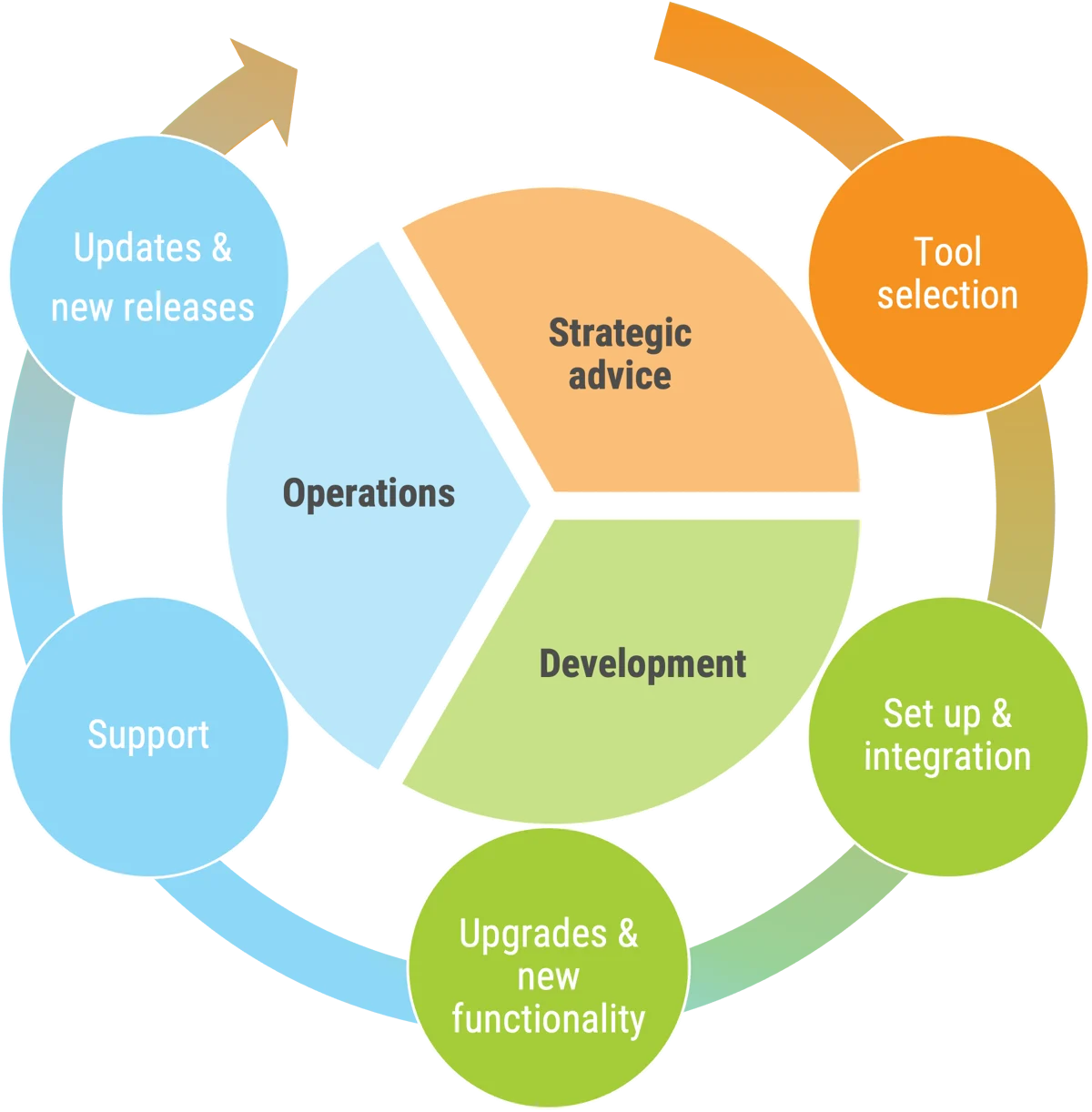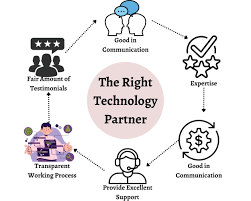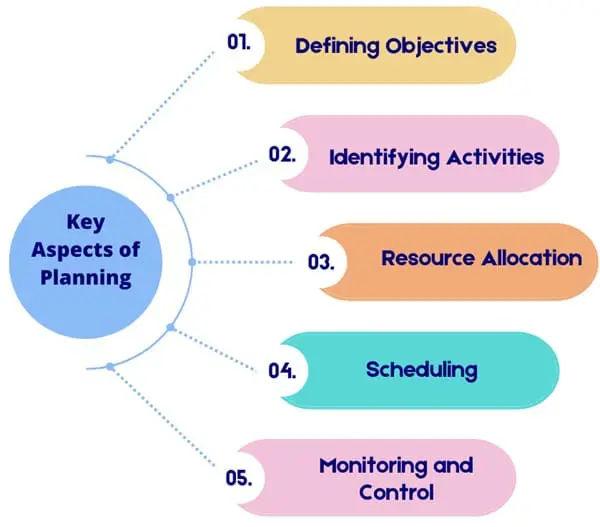Business Process Management (BPM) has become an essential strategy for companies seeking to improve efficiency, reduce costs, and deliver consistent value to customers. Deploying BPM successfully requires a structured approach, the right tools, and the commitment of both management and employees. In this guide, we will walk you through the key steps, challenges, and best practices for implementing BPM in your organization.
Related: BPM & Business Process Automation – A Complete Guide for Modern Businesses
Understanding BPM and Its Role in Modern Businesses
BPM is a discipline that focuses on designing, automating, monitoring, and optimizing business processes to achieve better performance. Unlike traditional management approaches, BPM ensures continuous improvement through measurable results.
Key objectives of BPM:
- Streamlining workflows
- Improving collaboration between departments
- Enhancing customer satisfaction
- Reducing operational inefficiencies
Step-by-Step Guide to Deploying BPM in Your Company
1. Assess Your Current Processes
Before deploying BPM, analyze your existing workflows. Identify inefficiencies, bottlenecks, and redundant tasks that slow down operations.
Tips for this phase:
- Map out processes visually
- Involve stakeholders from each department
- Use BPM analysis tools to gather data
2. Define Clear Goals and KPIs
Establish measurable objectives for your BPM initiative. Common BPM Key Performance Indicators include:
- Process cycle time
- Error rates
- Customer satisfaction scores
- Cost savings
3. Choose the Right BPM Platform
Select a BPM tool that aligns with your company’s needs, scalability, and industry compliance requirements. Platforms offered by Singleclic integrate seamlessly with ERP, CRM, and low-code development solutions for maximum efficiency.
4. Engage and Train Employees
Resistance to change is a common challenge in BPM implementation. Provide training and workshops to ensure employees understand:
- The benefits of BPM
- How to use the new tools
- Their role in process improvement
5. Implement in Phases
Avoid deploying BPM across all departments at once. Start with a pilot project in one process area, measure results, and scale gradually.
Benefits of phased implementation:
- Reduced risk
- Easier troubleshooting
- Faster adoption
6. Monitor, Measure, and Optimize
BPM is not a one-time project; it’s a continuous improvement cycle. Use real-time dashboards and analytics to:
- Monitor performance
- Identify new bottlenecks
- Implement corrective actions
Common Challenges in BPM Implementation
1. Lack of Management Support
Without leadership buy-in, BPM initiatives often fail. Ensure executives actively support and communicate the importance of BPM.
2. Poor Change Management
Failure to address employee concerns can lead to resistance. Change management strategies are essential for success.
3. Inadequate Technology Integration
A BPM platform must integrate smoothly with your existing business systems to deliver maximum ROI.
Best Practices for a Successful BPM Strategy
- Align BPM with Business Goals: Ensure every BPM project directly supports your company’s strategic objectives.
- Leverage Automation: Use process automation to reduce manual tasks and improve accuracy.
- Keep Processes Flexible: Design processes that can adapt to changes in market demands.
- Regularly Review and Update: Schedule quarterly reviews to ensure processes remain efficient and relevant.
Conclusion
Successfully deploying BPM in your company involves more than just technology—it requires clear goals, employee engagement, and a commitment to continuous improvement. By following the steps and best practices outlined above, your business can achieve streamlined operations, higher productivity, and sustainable growth.
For expert guidance and advanced BPM solutions, Singleclic offers tailored strategies that help organizations in the Arab world embrace digital transformation effectively.
📞 Contact Singleclic:
+2 010 259 99225 | +971 42 475421 | +966 58 1106563
🌐 https://singleclic.com







